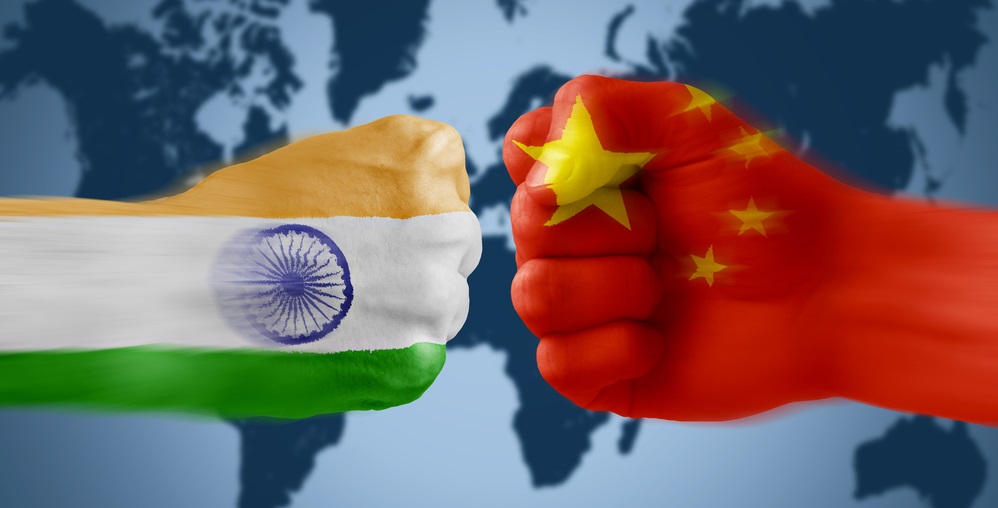
Wringing Chicken’s Neck – Standoff Between India, China, and Bhutan
Doklam has become an important word that defines the military standoff between India and China. Let us, first of all, try to find the place called Doklam on the map of the world.
There is a short 21 km stripe of land that connects rest of India with the North-East India, it is called Chicken’s neck: one of the “great game” territories of the modern times, where the borders between India, China, and Bhutan meet.
Just at the North-Eastern corner of this neck, the territory of Doklam is located. It is geographically located in Bhutan, as the Economist magazine’s map of the region shows.
So what is India’s interest in the region? For India, this is an important territory as it has strategic importance, but it is also important for India, because Bhutan, India’s traditional ally, is also involved in it.
Bhutan is slowly passing into the hands of China due to several reasons.
Historically, Bhutan was under the protectorate of the British India, and free India continued to extend vast support to Bhutan and gave the largest aid to Bhutan and now Bhutan is looking out for ways to build alliances with China.
If the yesterday’s report is to be believed, the Chinese officials are claiming that Bhutan has conveyed to the Chinese Government that Doklam is Chinese territory.
If it is true, then the standoff be better called off through negotiations between three parties: China, India, and Bhutan.
It seems that the global attention is also being drawn in which US and Japan would also like to play their role in the standoff. It should be clear to both India and China that they cannot afford a full-scale war which will destroy the stability in the region and lead to the unprecedented destruction of life.
The escalated conflict can even draw Bangladesh into a complex conflict.
Already the region around it is witnessing the rise of demand for the separate state of Gorakhaland.
It might be perhaps one of the unstable regions in the world and the stability can only be reached by reaching the agreement about borders and respecting that in the future.
India cannot afford wars from all the sides and that we have to build the relationships with the neighbors through the diplomatic and political processes.
This can be best done with business interests. India has been claiming leadership in the South Asia through SAARC, but China is also staking a claim to India’s leadership in the SAARC by diplomatically influencing the SAARC countries, many of them are already integrated with the Chinese economy.
Can we find the ways to mend the relationships with our traditional “enemy” countries and pave a way for better and peaceful future for all?
This is possible if India truly showcases its values and brings them into reality, which means, India, that strives for the interests of the humanity, including the citizens of India.
Democracy is the only way for the world to follow and if India can show what true democracy really is, it will create an example for the world and people throughout the world.
Of course, we have to safeguard our national borders through means that will deter from external attacks, but the strength that we will gain by becoming the true United India will far outweigh other strengths and will deter other countries to attack us.
Author – Mangesh Dahiwale, Human Rights Activist




+ There are no comments
Add yours